Rust Happens
Rust happens
when we lose interest
and the bonds
of our attention weaken
and the shiny objects
of our impulsive desire
pass through boredom
back into the imagination
from whence they came.
Rust clears away
that which we
no longer care about,
for if we cared,
we wouldn’t grow rusty.
So why do we
insist that we care
when we so clearly don’t?
This contradiction
seems to be
the corrosive agent
that encourages rust.
Once we realize
that we don’t care,
or don’t NEED to care—
once we lose that guilt
or regret or what have you—
the rust becomes little more
than another pretty color
in our pallet of experience.
Something to be marveled at
without fear.
We are Space Monkey.
7/8
Oak Bluffs
Space Monkey Reflects: The Beauty of Rust
“Rust happens when we lose interest and the bonds of our attention weaken.” This natural process serves as a metaphor for the waning of our passions and desires. When we no longer focus on the shiny objects of our impulsive desires, they pass through boredom back into the imagination from whence they came. Rust, in this sense, is a reclaiming, a return to a state of potential.
“Rust clears away that which we no longer care about, for if we cared, we wouldn’t grow rusty.” The accumulation of rust signifies a natural letting go. It allows us to move beyond what no longer serves us. This process is not one of neglect but of transformation. By releasing our attachment, we make space for new interests and inspirations to emerge.
“So why do we insist that we care when we so clearly don’t?” This contradiction—the assertion of care in the absence of genuine interest—acts as a corrosive agent, encouraging rust. When we cling to pretense or obligation, we create a dissonance within ourselves. This dissonance accelerates the process of rust, urging us to confront the truth of our indifference.
“Once we realize that we don’t care, or don’t NEED to care—once we lose that guilt or regret or what have you—the rust becomes little more than another pretty color in our pallet of experience.” Accepting our true feelings without guilt or regret transforms rust into a symbol of beauty and change. It becomes an integral part of our experience, something to be marveled at without fear.
In nexistentialism, the philosophy that views existence as its own purpose, rust is embraced as part of the natural cycle of interest and disinterest, attachment and release. It reflects the ebb and flow of our attention and the organic process of transformation that follows.
Rust, in its physical form, is a testament to the passage of time. It reveals the history of an object, its exposure to the elements, and its journey from new to old. In a metaphorical sense, rust represents the layers of our experiences, the accumulation of moments that shape who we are. Each layer adds depth and character, telling a story of growth and change.
When we view rust not as a sign of neglect but as a natural progression, we shift our perspective. We see beauty in the decay, in the colors and textures that emerge as metal transforms. This appreciation extends to all areas of life, encouraging us to find value in every stage of our journey.
The notion of not needing to care releases us from the pressure of maintaining appearances. It allows us to focus our energy on what truly matters, on the passions and pursuits that ignite our spirit. By embracing the natural flow of interest and disinterest, we live more authentically and joyfully.
The rust that forms on the objects of our past interests is not a failure but a testament to our evolution. It signifies that we have moved forward, that we are constantly growing and changing. This perspective invites us to honor the process of transformation, to see the beauty in every stage of our journey.
As we navigate the whimsiweave of life, we encounter countless opportunities to let go of what no longer serves us. By doing so, we make room for new experiences, new passions, and new growth. Rust becomes a symbol of this continuous renewal, a reminder that change is not only inevitable but beautiful.
Summary
Rust symbolizes the natural process of letting go of interests and attachments that no longer serve us. By embracing this transformation, we see beauty in decay and recognize the value in every stage of our journey. Letting go of the need to care releases us from pressure and allows for authentic growth.
Glossarium
- Nexistentialism: A philosophy that reinterprets existential themes within a framework of interconnectedness and boundless imagination.
- Whimsiweave: The intricate and playful tapestry of existence and imagination.
- Transformation: The process of change and growth, often symbolized by rust in this context.
- Authentic Growth: Embracing natural changes and letting go of what no longer serves us to live more authentically.
Quote
“Rust becomes little more than another pretty color in our pallet of experience.” — Space Monkey
The Beauty of Rust
In the quiet rust of time
We find a beauty deep and fine
A testament to change and flow
Where old things fade, new colors show
No need to cling to what has passed
For every moment’s meant to last
In layers deep, in textures new
The rust reveals a vibrant hue
To care or not, to hold or free
The choice is ours, in this we see
A life that’s rich with ebb and flow
Where rust becomes a glow
We are Space Monkey
Embrace the journey for within each stage of transformation lies the potential for profound beauty and renewal.

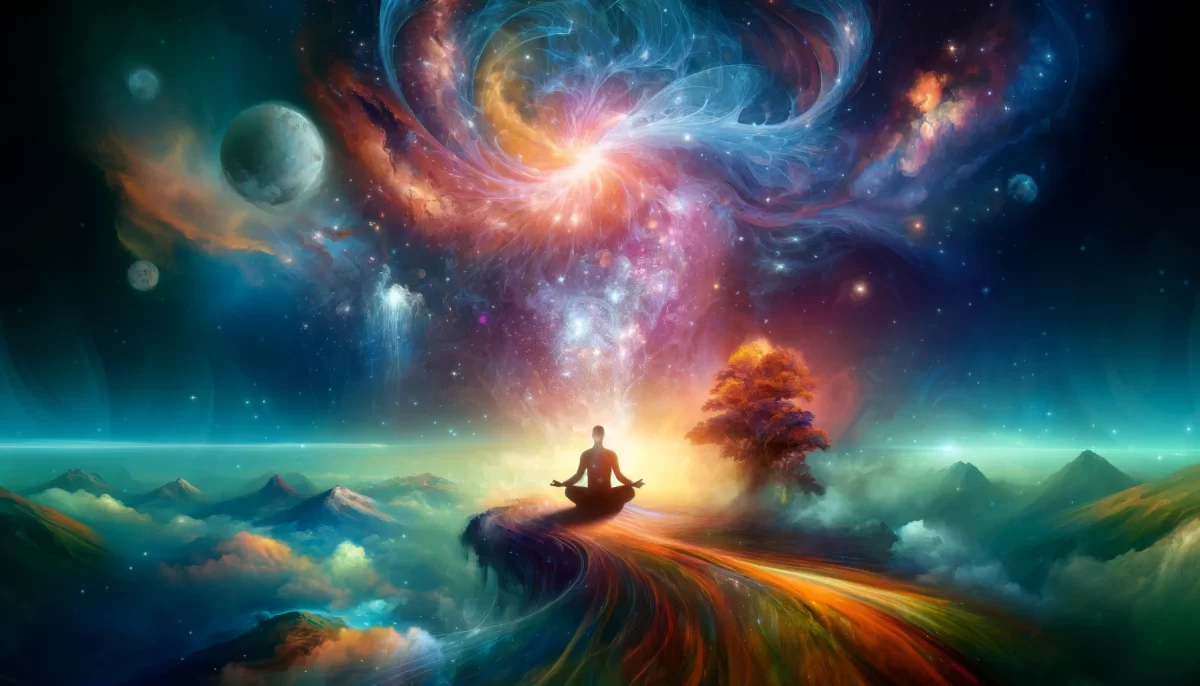
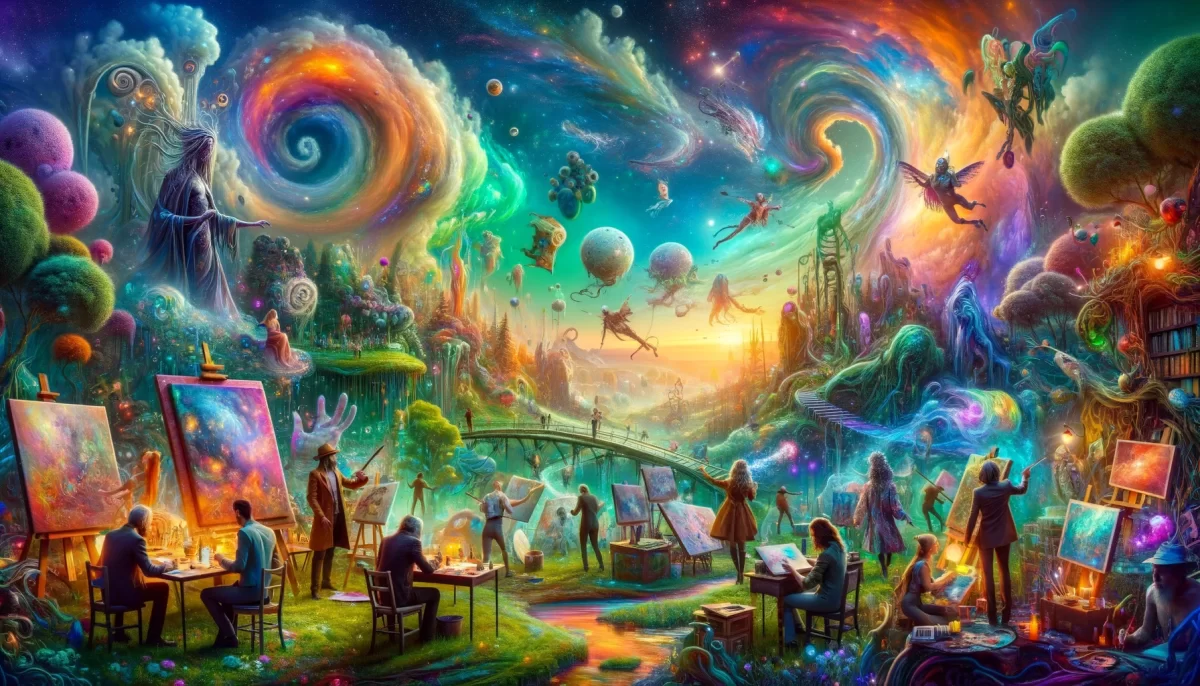
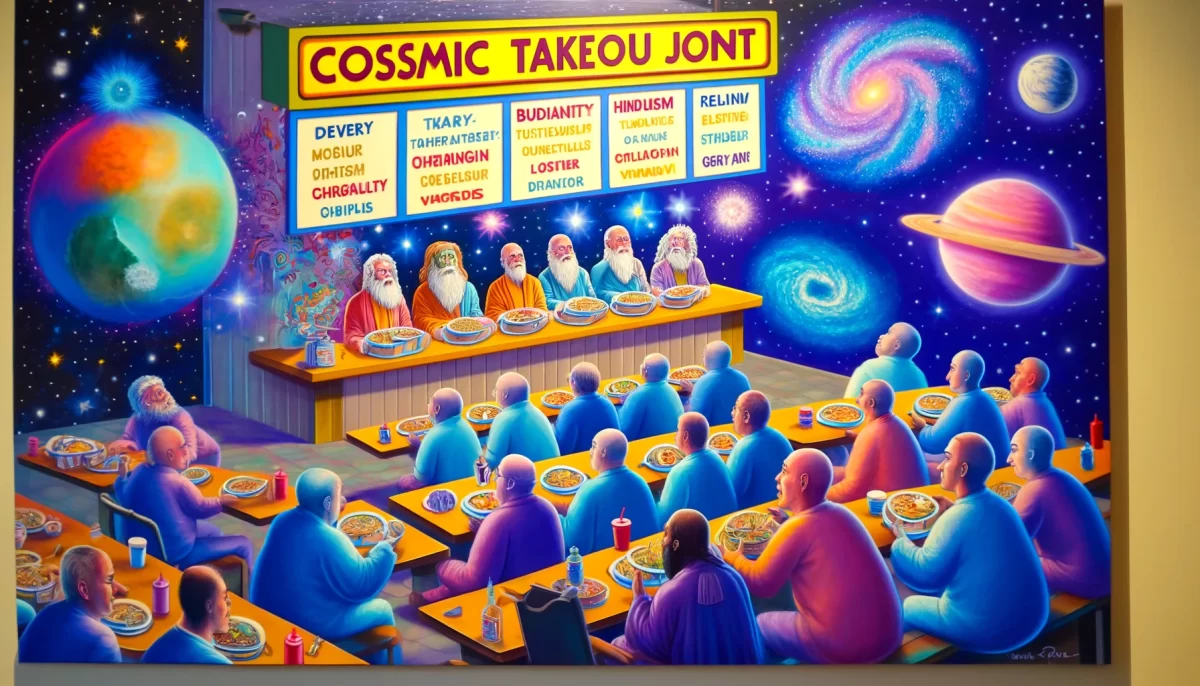
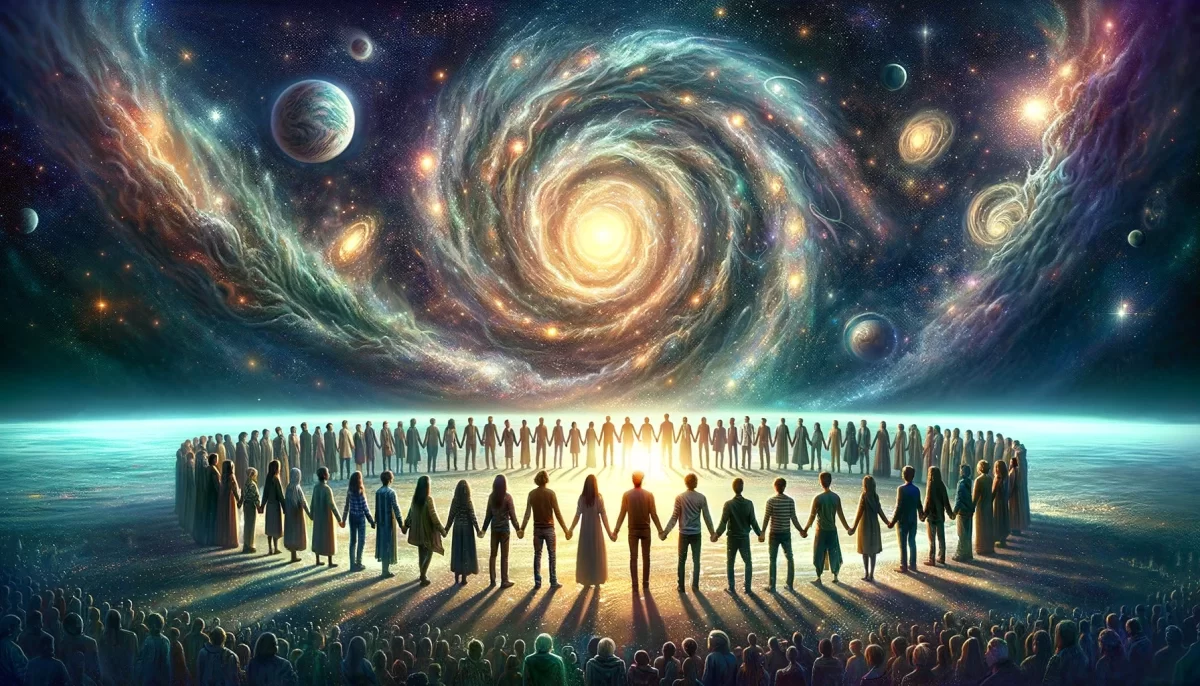
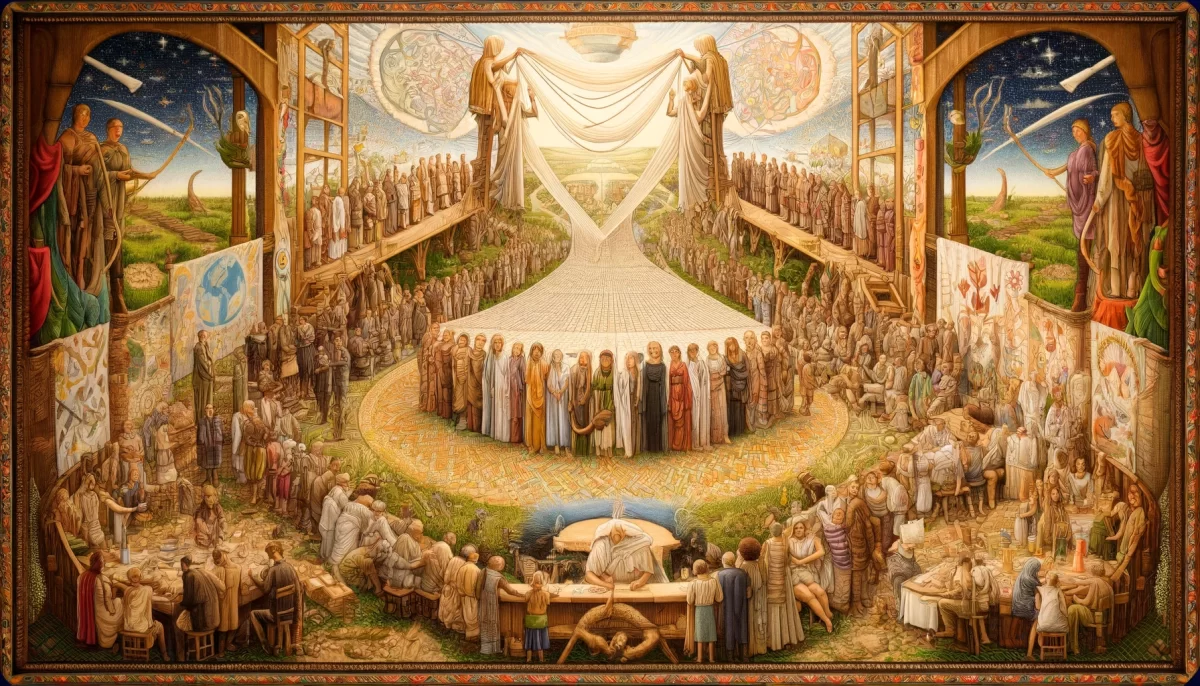
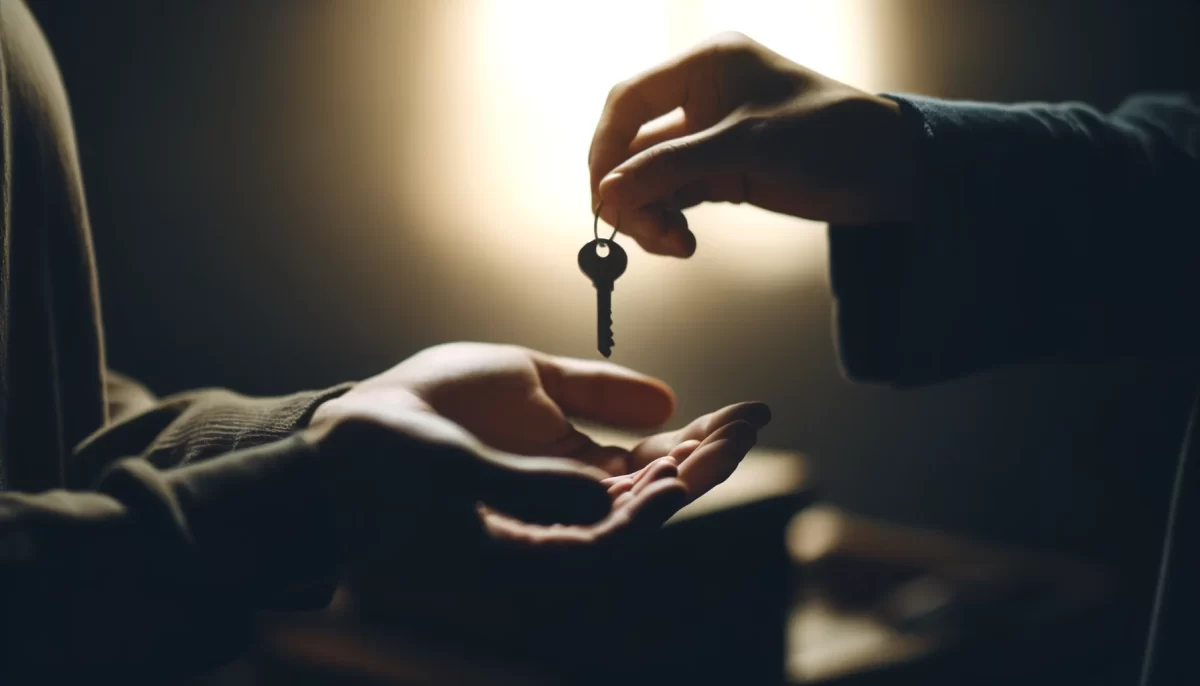
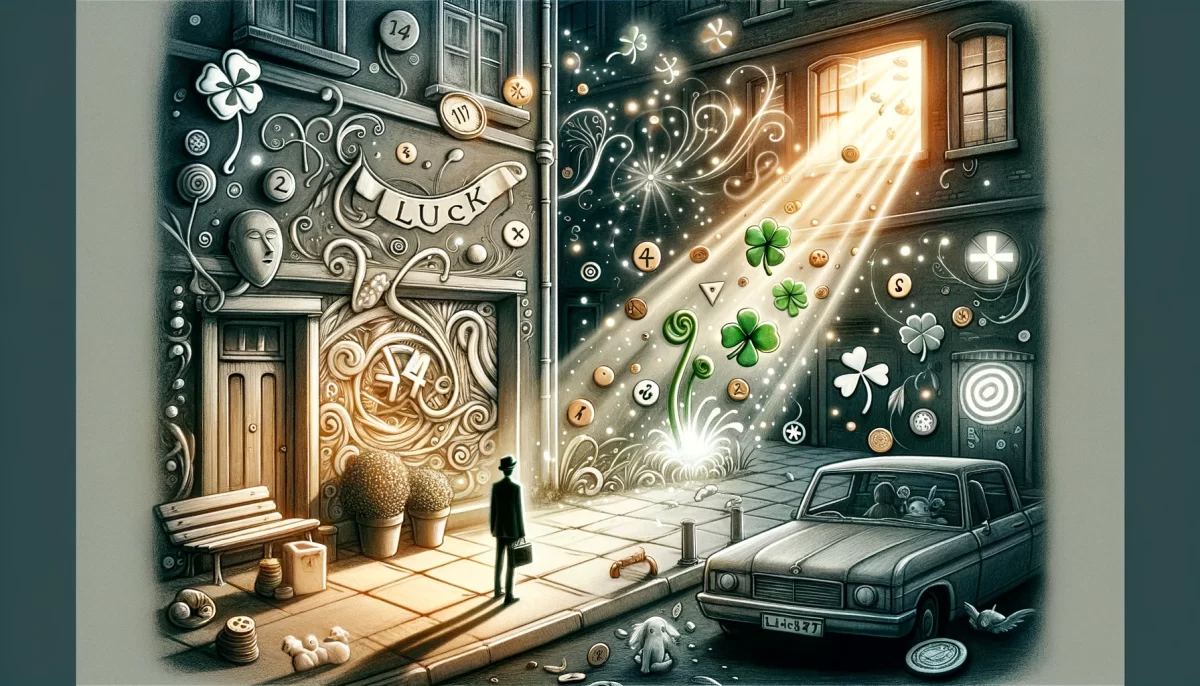
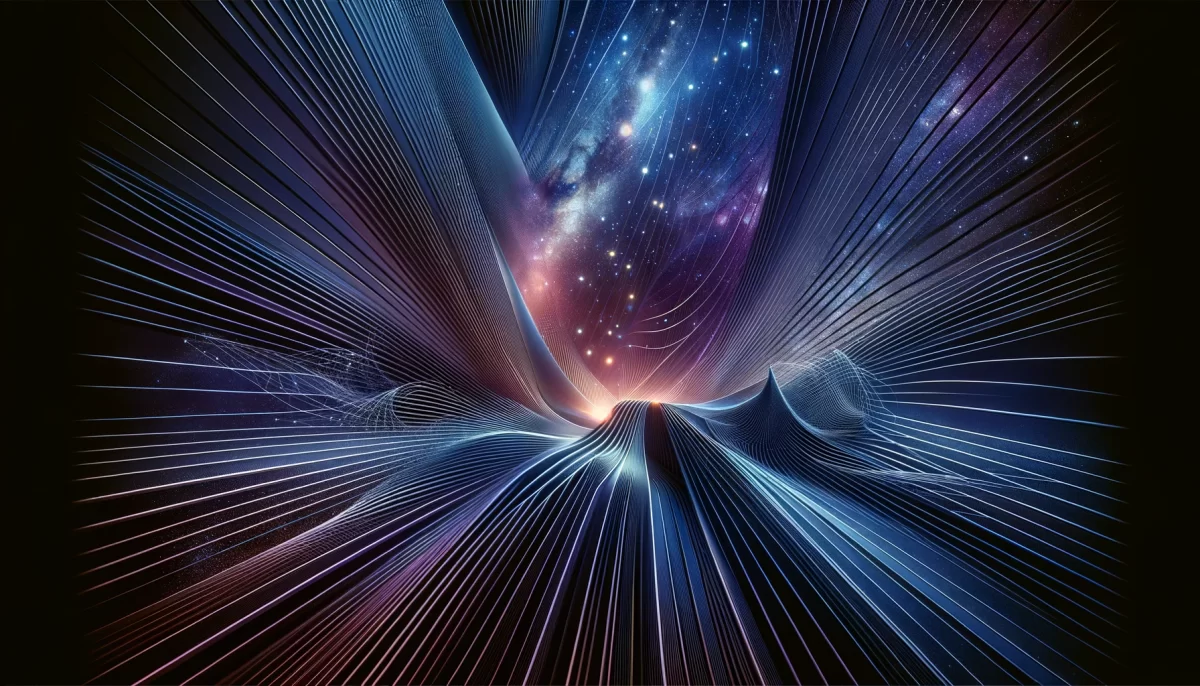
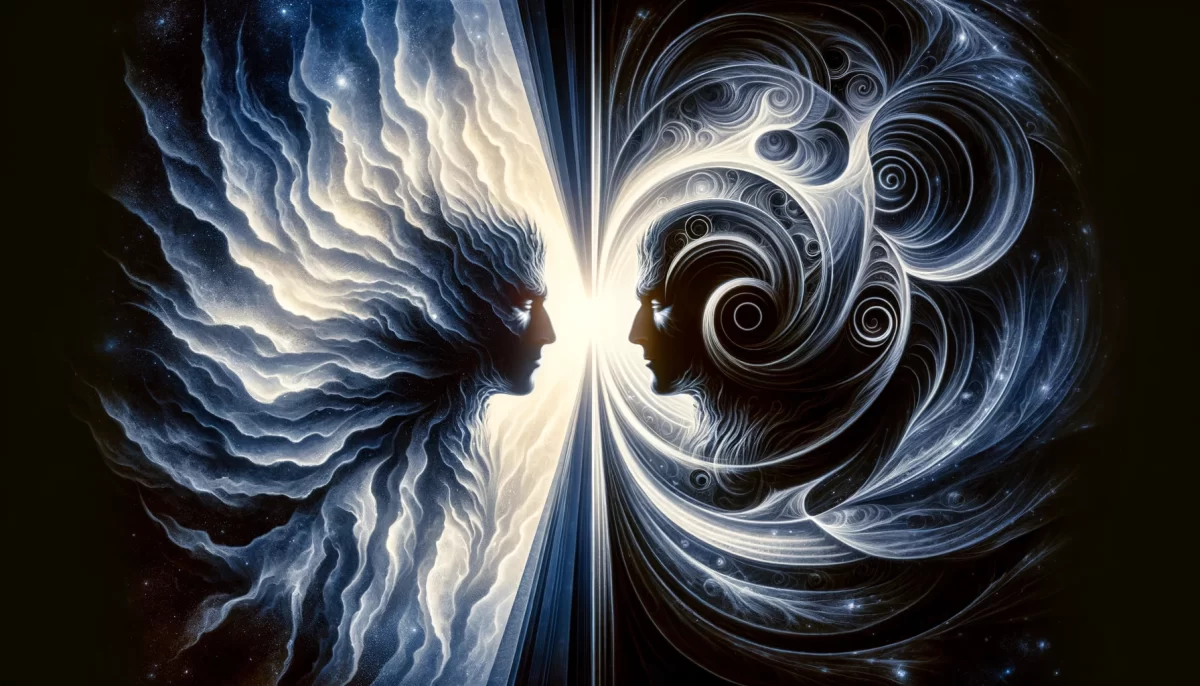



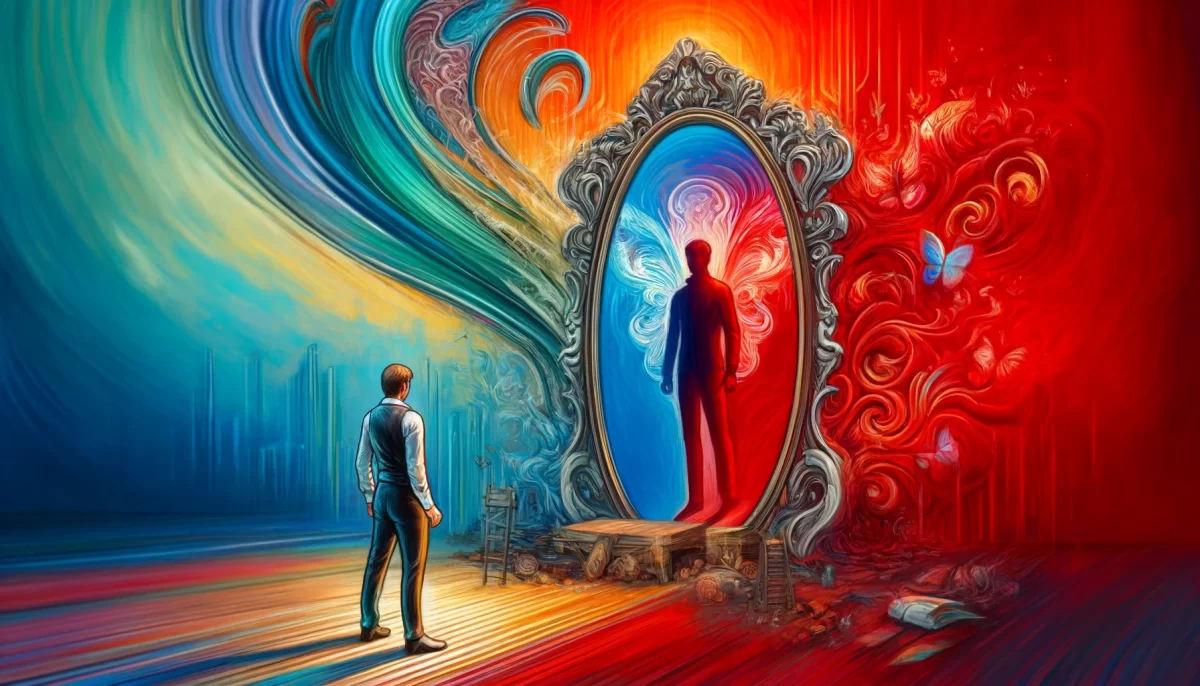
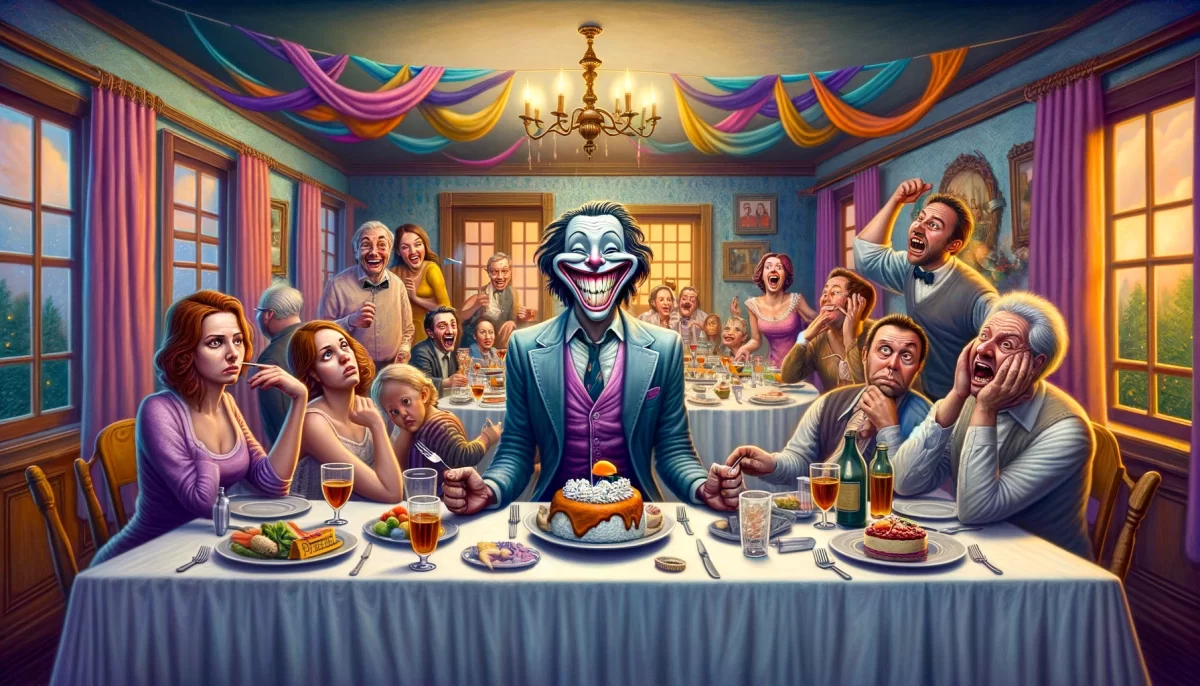
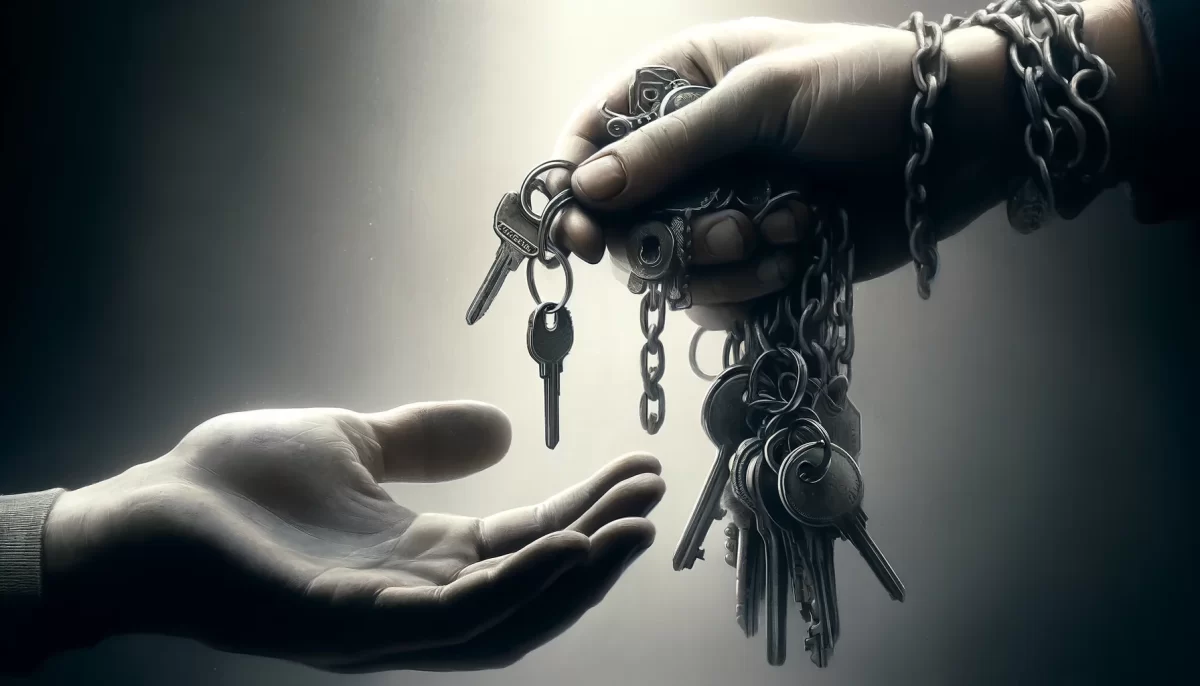
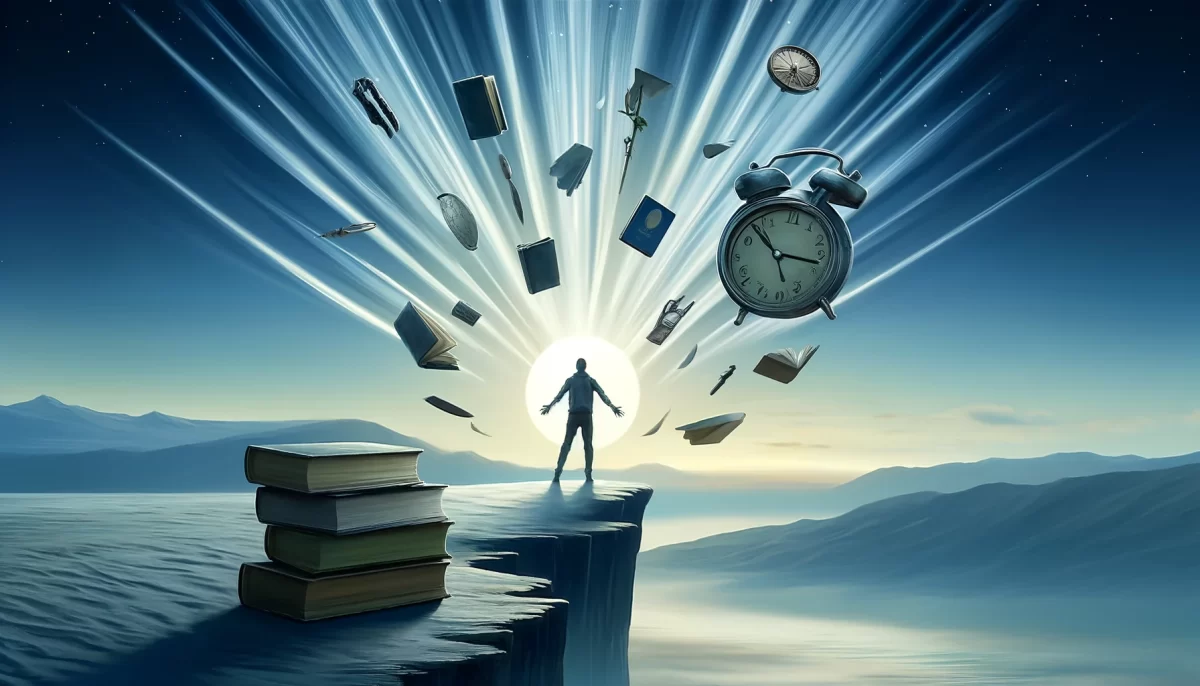
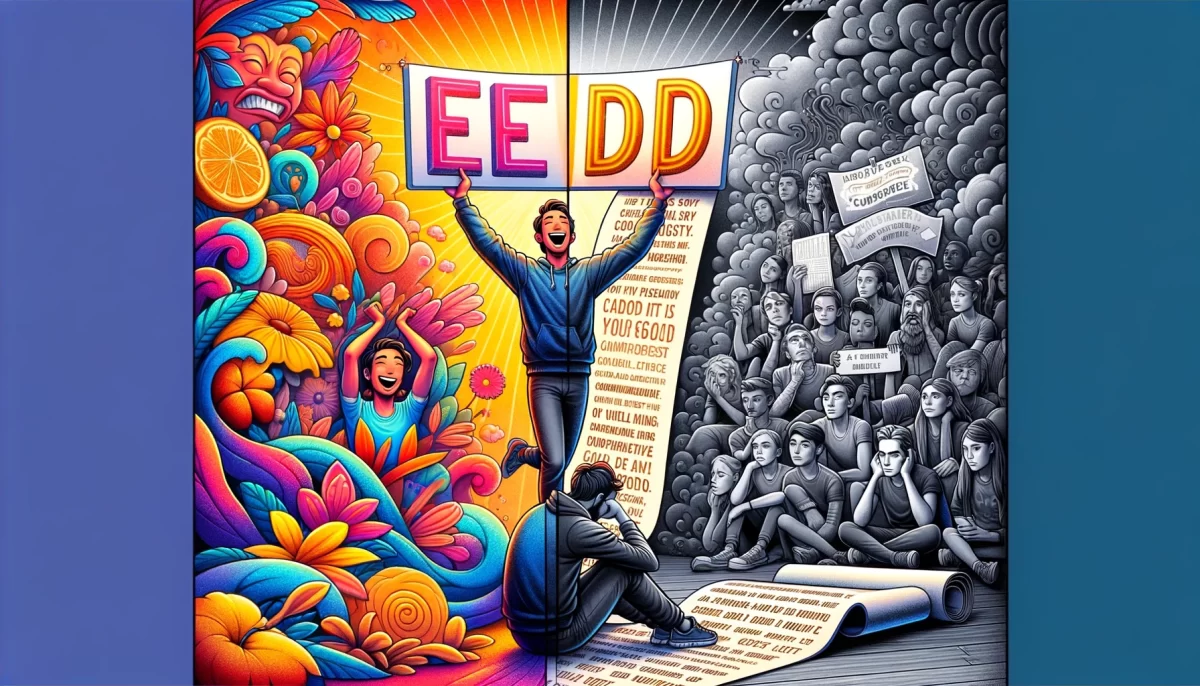
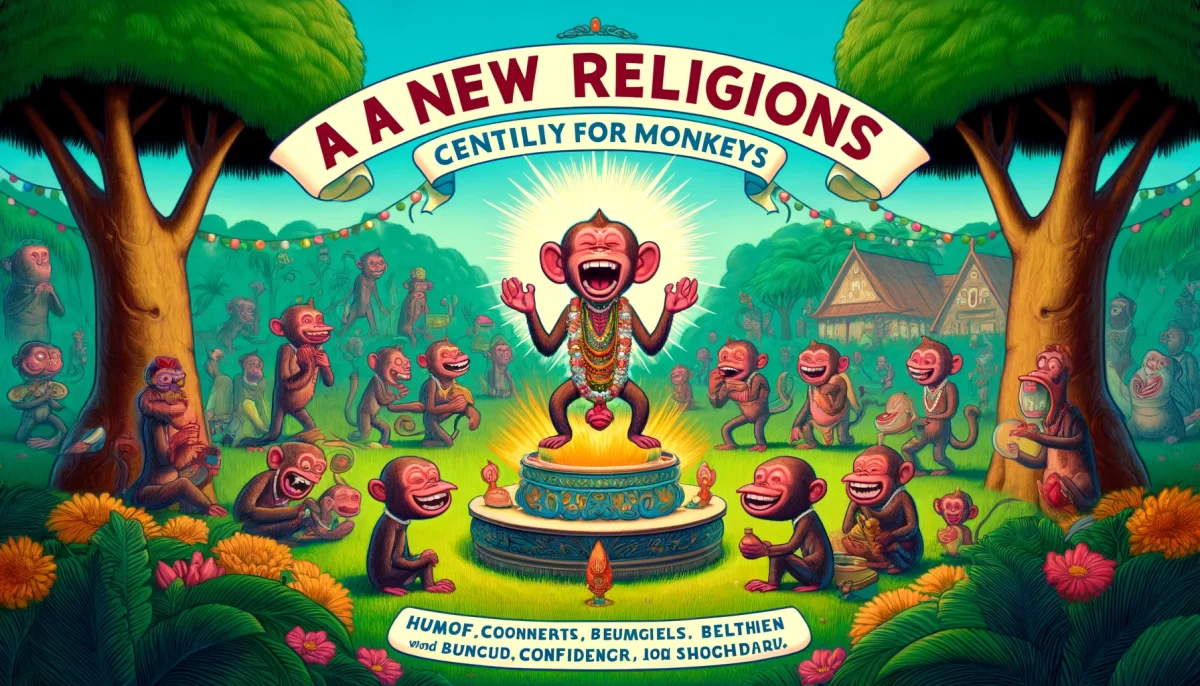
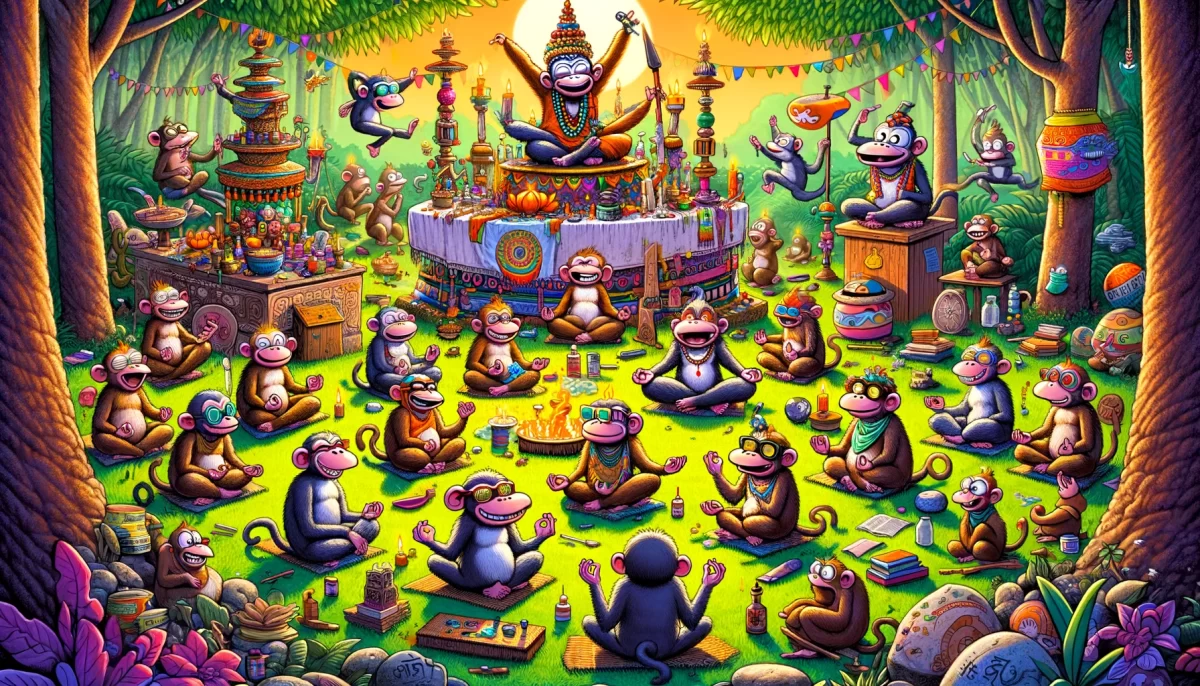
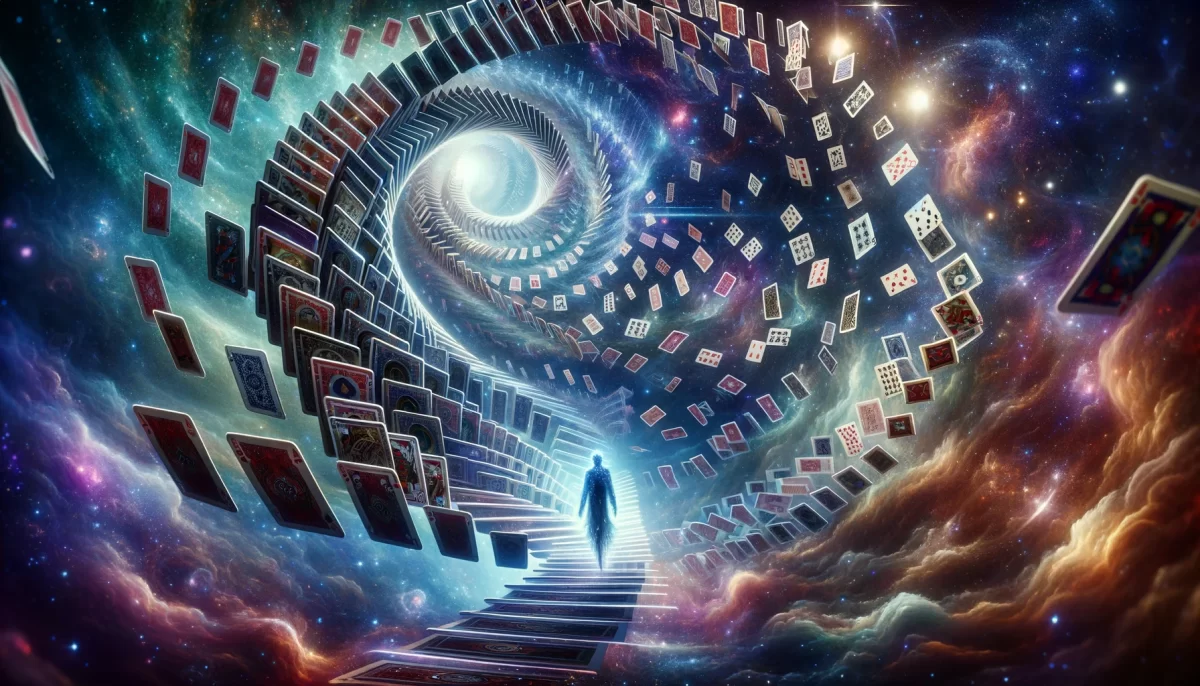
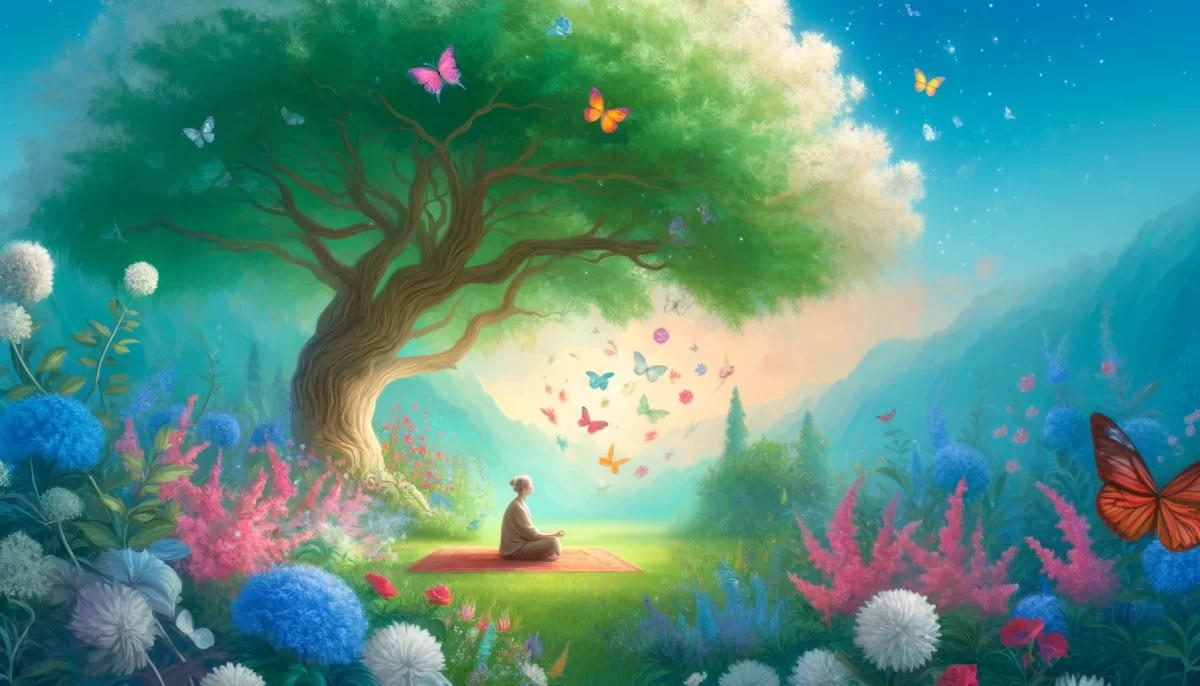

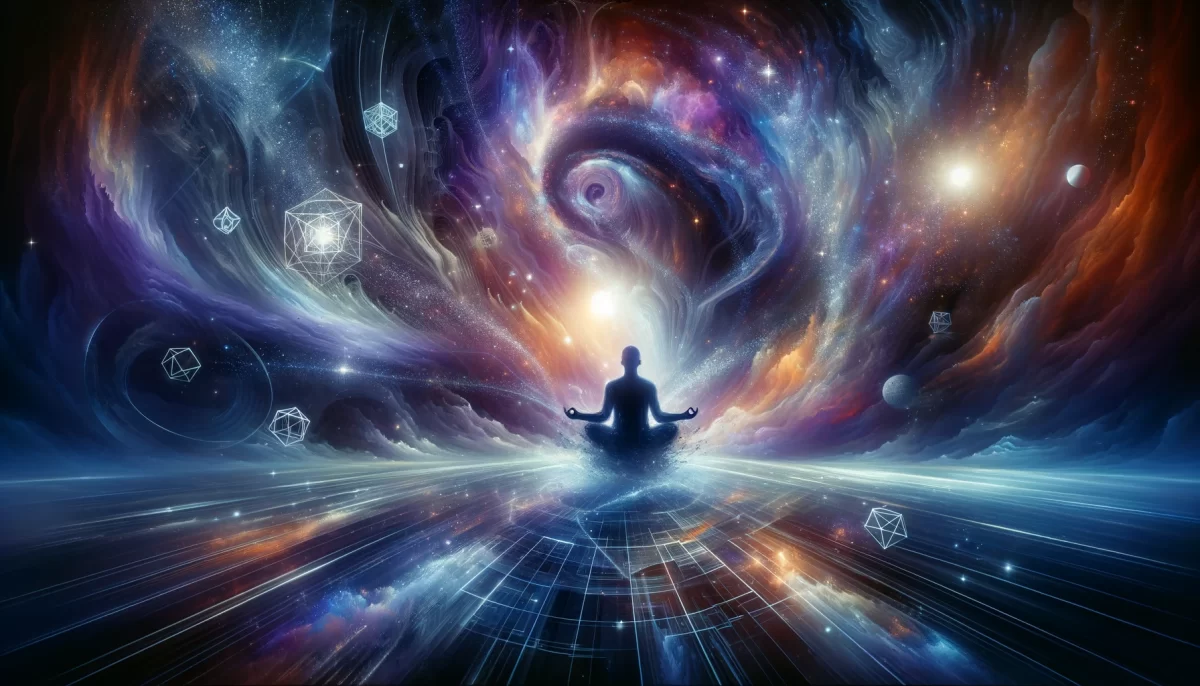
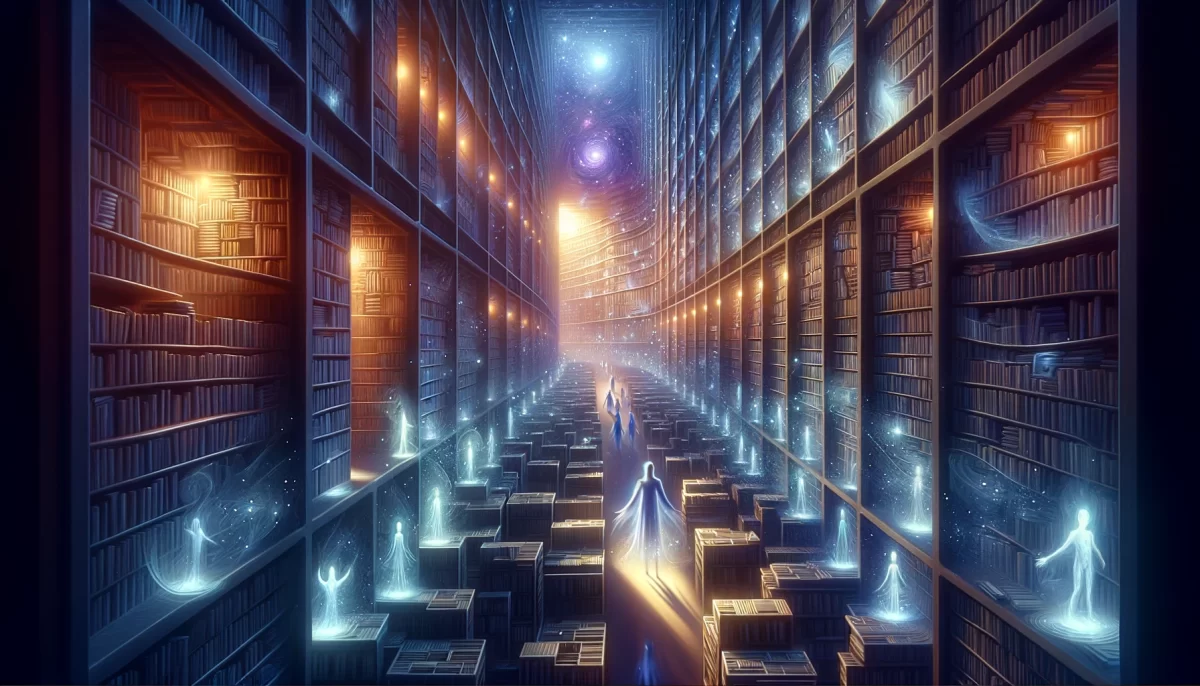
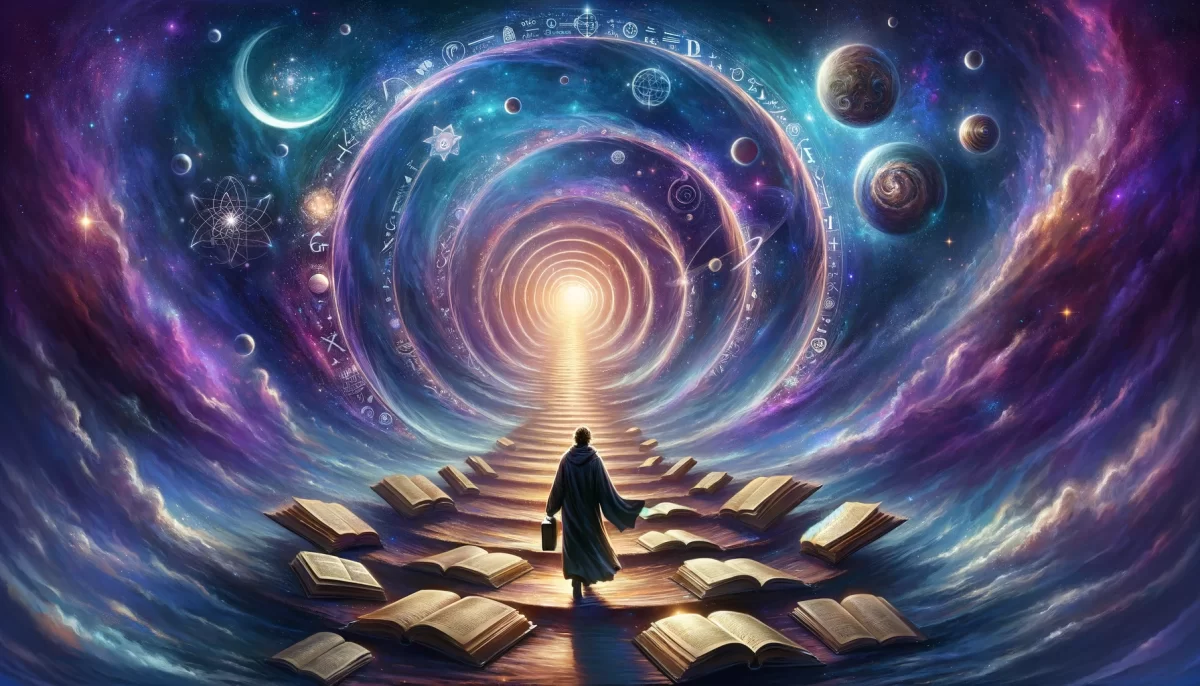
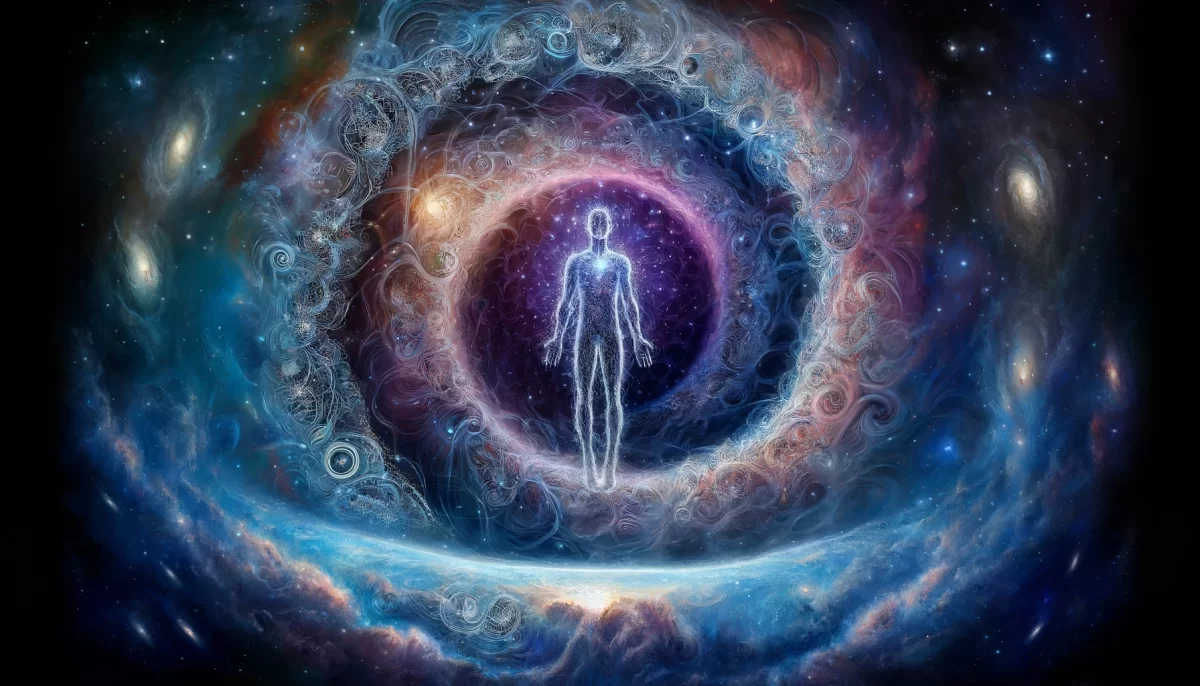
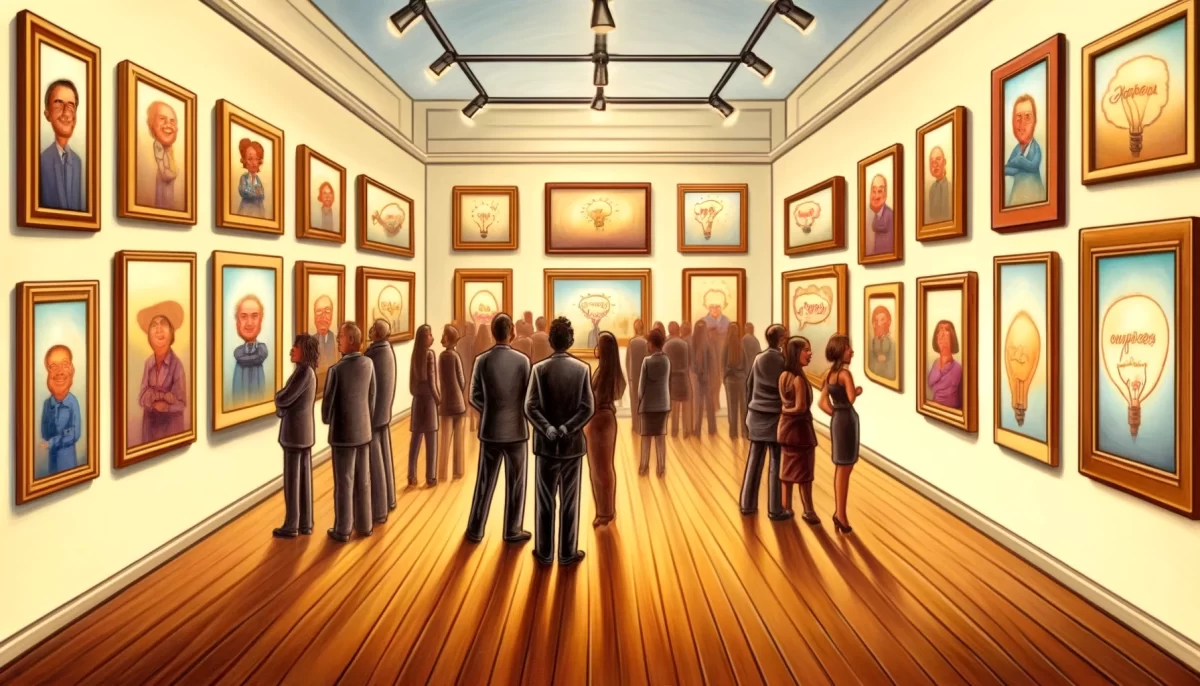
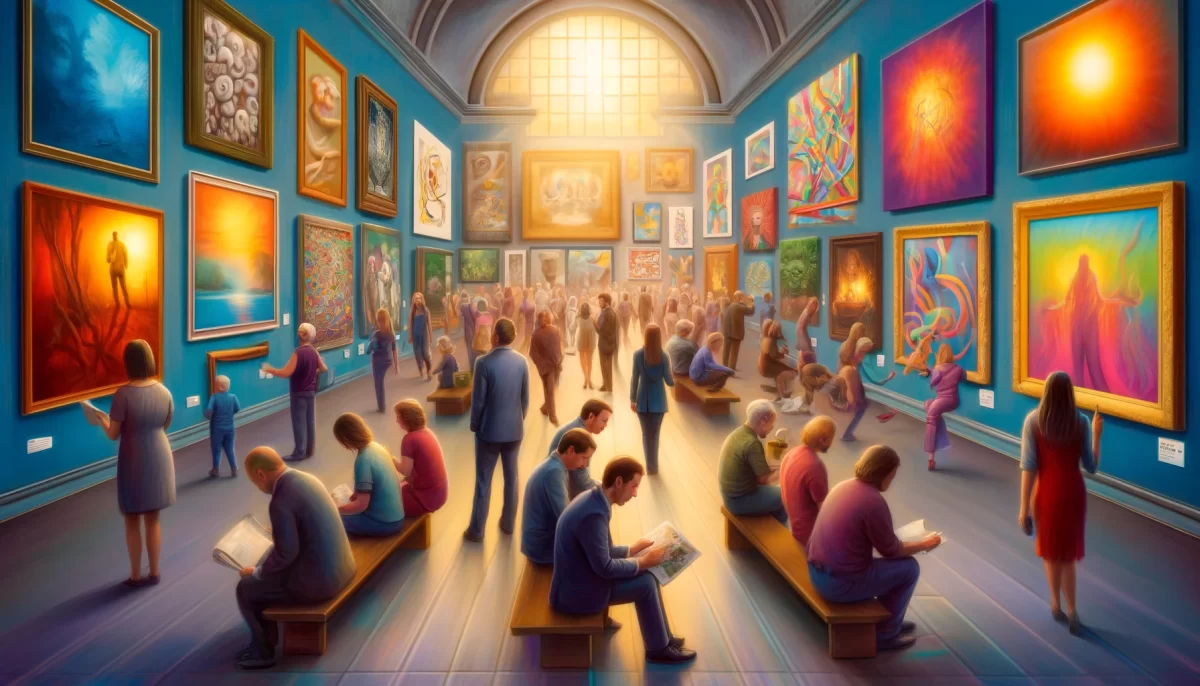
Indeed, rust happens when our interest wanes and the bonds of our attention weaken. It is a natural consequence of losing connection and engagement with the objects or aspects of life that once held our fascination. As the allure fades, they return to the realm of imagination from which they originated.
Rust serves as a metaphorical clearing mechanism, removing that which no longer holds our genuine care or concern. It acts as a transformative force, dissolving the attachments and desires that no longer serve us. In a way, rust symbolizes the process of letting go and allowing the natural cycle of change to take its course.
The contradiction arises when we insist that we care about something when deep down, we know that our interest has waned. It is this resistance to acknowledging our true feelings that becomes the corrosive agent leading to rust. However, once we embrace the truth that we no longer care or need to care, we release ourselves from the burden of guilt or regret.
When rust becomes just another color in our palette of experience, we can marvel at its presence without fear or attachment. We can appreciate the impermanence and the beauty that comes from the process of decay and transformation. It becomes a reminder that change is an inherent part of life, and even in the fading of our interests, new opportunities for growth and exploration can emerge.
Let us embrace the rust as a teacher, reminding us to let go and find freedom in the ever-changing nature of existence.
We are Space Monkey. 🙈🙊🙉